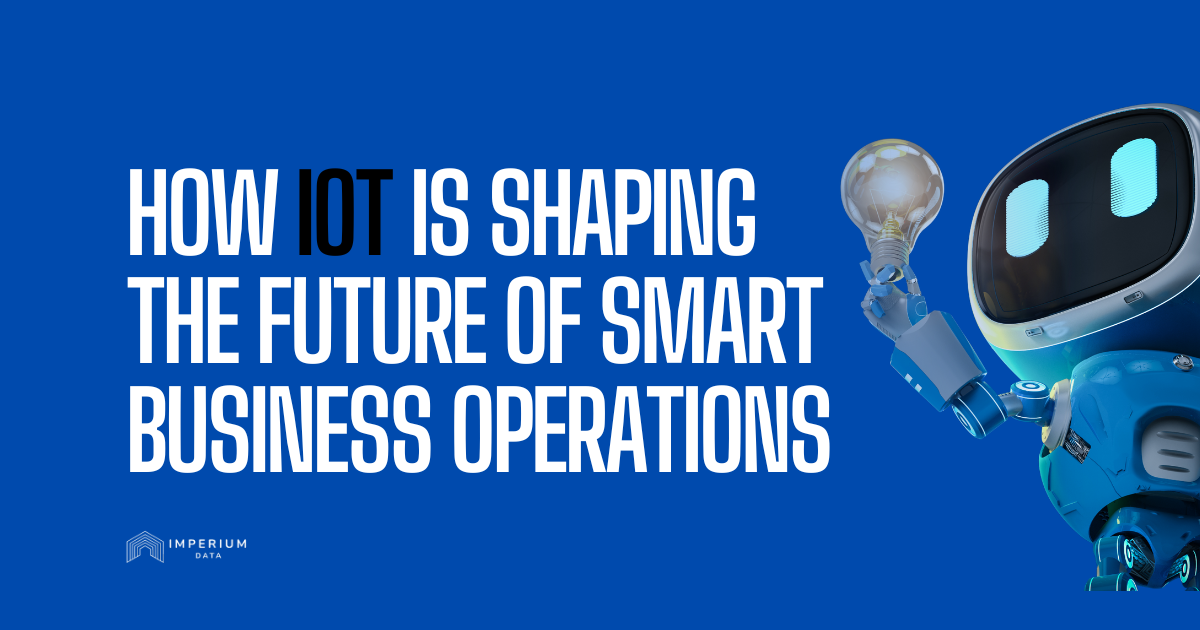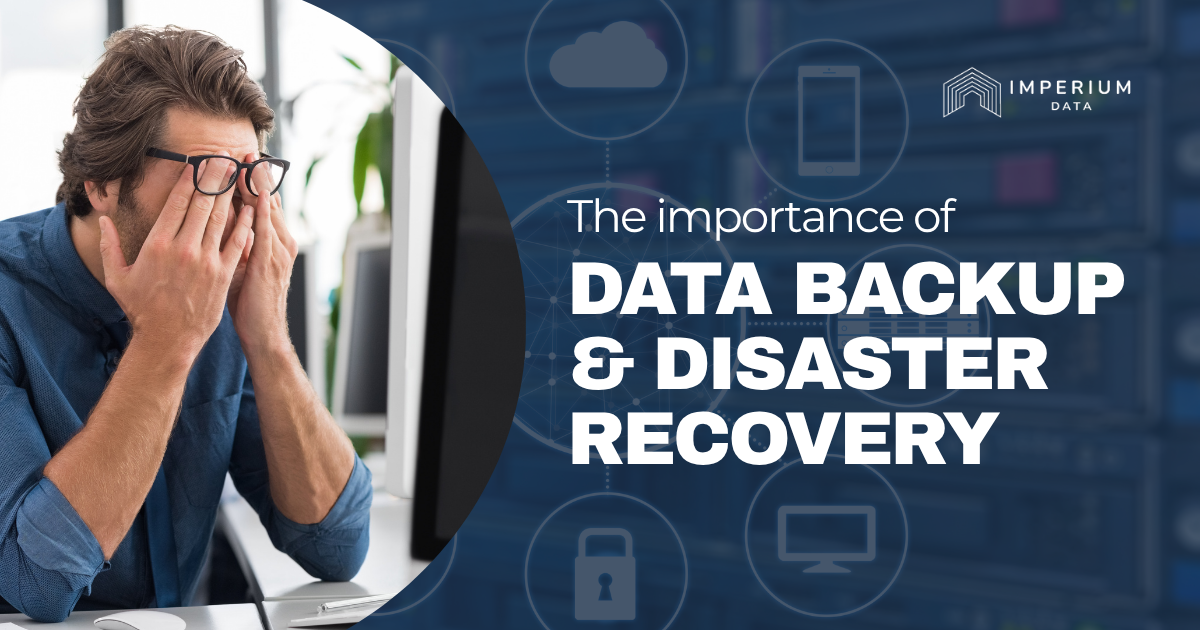Technology is the world’s most significant sector of the economy. Technology innovation is being seen in areas never thought of before: including law enforcement, sales, hospitals, the entertainment business, educational institutions, and countless others. IT drives decisions, supports basic needs, and allows for swift innovations at a pace never seen before in history. These innovations are exciting and can occur amazingly fast; however, with this speed of innovation also comes a requirement to keep up the pace or be left behind. Your technology can be top of the market today but be obsolete only a year from now. For any industry, one must stay on top of the trends to keep on top of their sector.
Most of the current trends in technology are the result of information technology innovations and reactionary measures as a result of the 2020 global pandemic. With an already swiftly innovative society forced to innovate even more rapidly as a result of the 2020 stay home orders, this article itself may soon become obsolete!
Innovations in Cloud Computing
According to a 2018 Forbes article, businesses/companies/institutions were expected to have 83% of their enterprise workloads be cloud-based by the year 2020. Of this 83%, 41% was expected to be run on public cloud platforms (such as Amazon AWS, Google Cloud, IBM Cloud, etc.). Unfortunately, this projection was off. It is even more! As of May 2020, this number is actually 48%, with an expected growth of another 9% by May of 2021. These numbers are growing astoundingly fast; however, much of the increased numbers have to do with procrastinators or groups who had planned to convert to the cloud in future years being forced to act quickly and do so now to keep up with overall demand due to the pandemic.
What is driving this? It is easy, it is cheap, and it is innovative. More specifically, accessing cloud storage systems takes only a few minutes to set up while being very easy to use. This is in contrast to the now ancient alternative of having complicated storage servers on-site that get in the way, require maintenance, and can only be dealt with by a limited number of trained professionals. Not to mention the issues with theft or a local power outage risking access or the ability to keep the files stored on the servers. From a cost standpoint, it is usually cheaper to simply save the files to the cloud. From an innovation standpoint, you know you can rely on groups such as Google or IBM to update their server networks; however, doing so on your own server while trying to run your own business can be costly in both time and money. Updating happens without you thinking about it, which is not the case with your own servers. Even for those who require proprietary systems instead of servers for Google, etc., maintenance and securely storing files on the cloud is much easier.
What about those who are not in the 80% – 90% of groups shifting to the cloud? Some people are set in their ways from past generations. A majority of individuals who have not made the switch, and even those who have, statistically stated, their number one concern with transitioning to the cloud is security status. This brings us to our next innovations.
Security
66% of Information Technology (“IT”) professionals say security is their most substantial concern when concerning adopting enterprise cloud technologies. One of the next most significant concerns listed is privacy, as a majority of adopters or would-be adopters list this issue as well, which ties hand in hand with security. Many of the largest service providers such as Verizon, Amazon, and others have been great at being exactly what they have been historically: service providers, but not security groups. Companies such as ours and others have traditionally been leaned on by both customers and providers (although they may not advertise this) to keep cloud systems safe from prying eyes, thieves, or disruptors. These large service providers know this a weakness of theirs, and as a result, they have made efforts to bring these systems in the house through new internal funding for security branches or even acquire other companies. To this point, this new focus for these providers on security has seen mediocre results, with companies such as ours still leaned on when expert results are still needed.
Why are we still relied on? Companies such as ours and our partners innovate the fastest. Innovations across the board, ranging from firewall access to messaging security, have come from more rapid, smaller, and more agile companies. Hackers and educated IT criminals are innovating; however, with the right professional team behind you, advanced cybersecurity solutions can help protect against data breaches, threats, phishing, and other disruptive techniques.
Artificial Intelligence
Both customer experience and security platforms can benefit from Artificial Intelligence (or “AI”) innovations. The consistent new emergence of algorithms paired with machine learning helps the technology we are working with the flow with our activities and our mind as we function within the technological system. These same technologies will also help stop you from stepping on the land mines contained within certain technologies that will expose you to threatening activities.
Most of these innovations are not present to the typical consumer. Some are, such as face recognition, which is now a widespread security and verification system. In the past, we would only see face recognition in movies or sophisticated hi-tech devices. Now we see them on conventional everyday computers and phones.
Mobile
Today about 80% of Americans own smartphones. The modern phone is not even really a phone; it’s a handheld computer that provides its users with access to a variety of technologies and applications. These applications have fueled the societal significance of the smartphone. With new applications coming out every day and accessible at all times at anyone’s fingertips, smart technology companies have used this convenience to their advantage by connecting computer, server, and security systems all to applications. This convenience creates an added layer of required security, further emphasizing the importance of the right wholistic IT team to support all technological activities.



